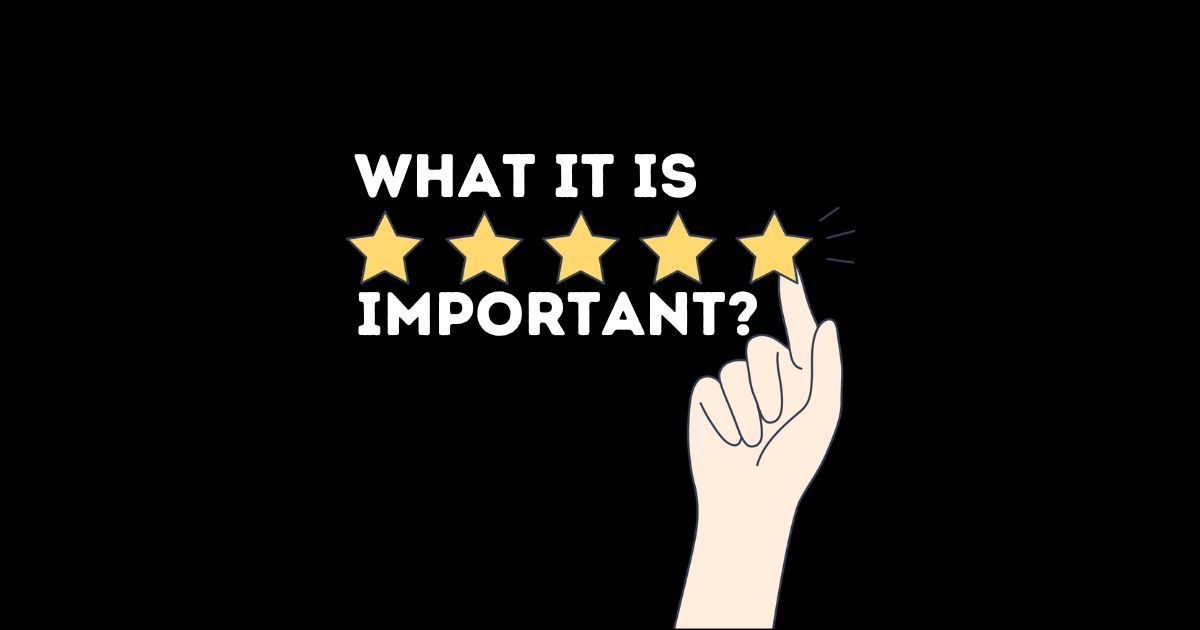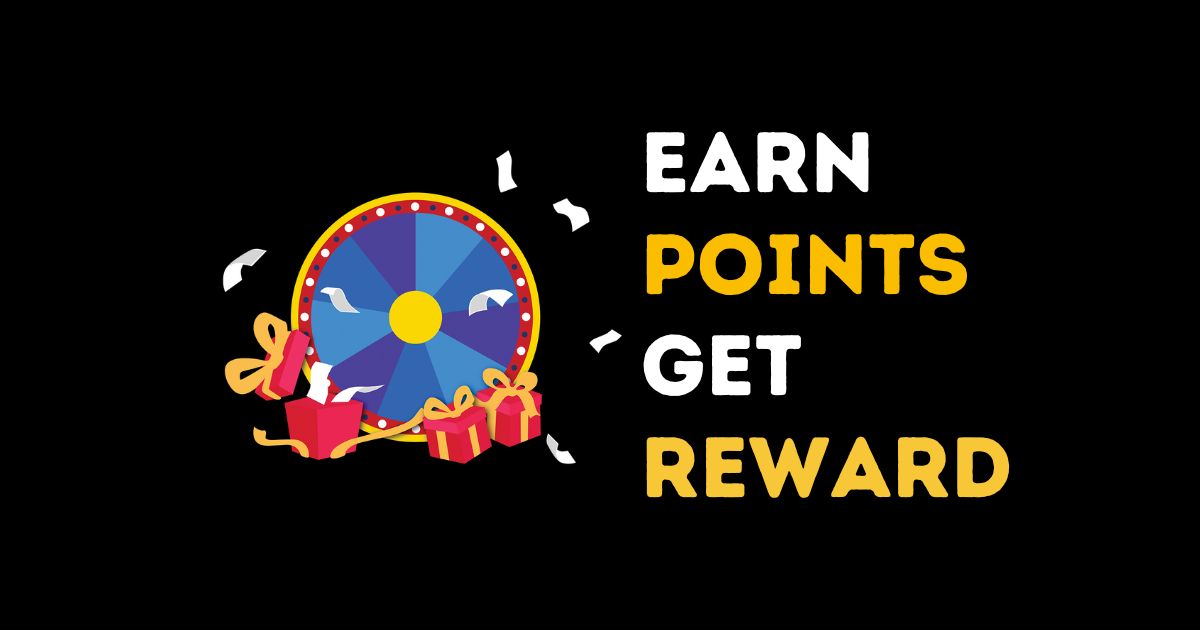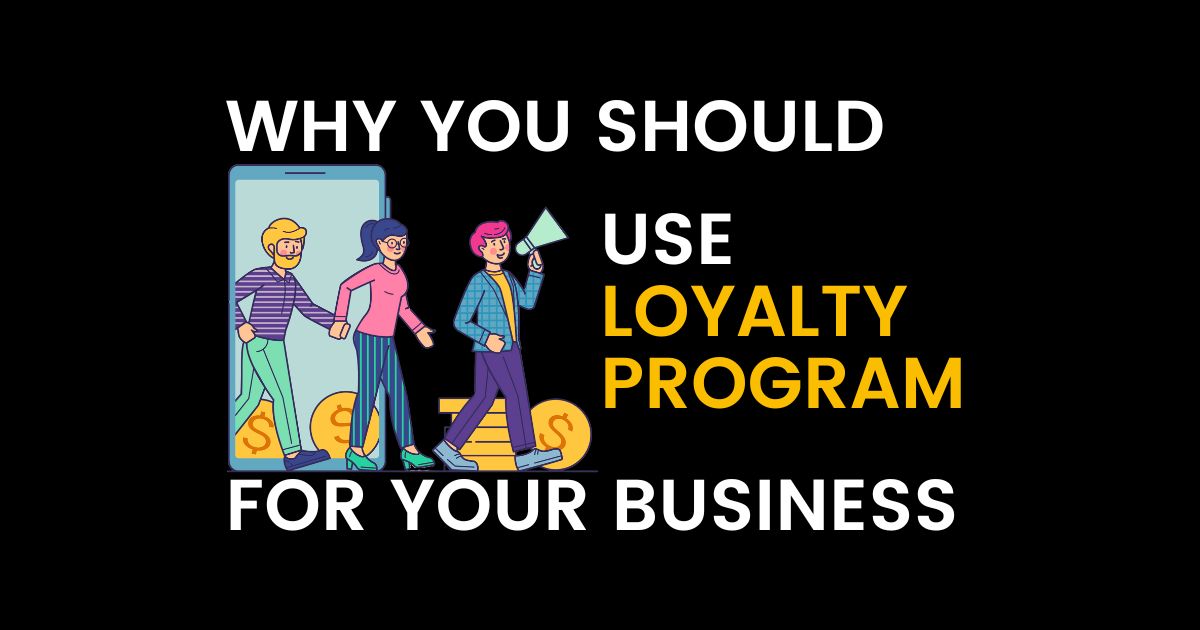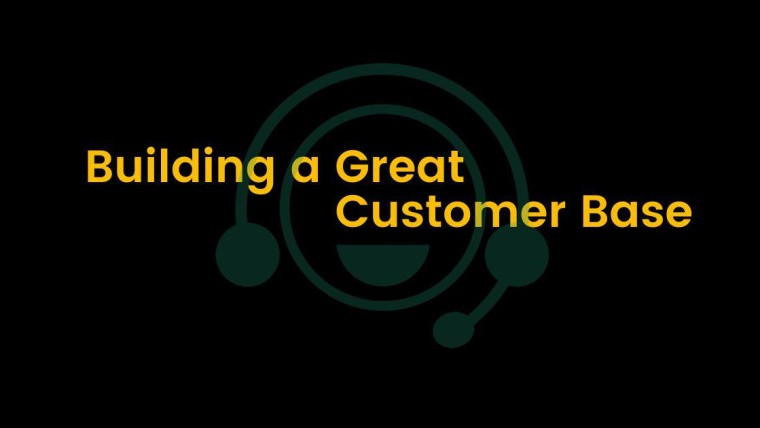If you are a business owner, it is essential to take note of your customers and their needs. Your loyal customer base will keep your business afloat when times get tough. A loyalty program can help with this by giving them something special in return for their loyalty. This encourages visits and referrals from happy customers who have been rewarded with discounts.
What’s in it:
- What is a loyalty program?
- Why should you use one for your business?
- How to set up a loyalty program for your business?
- The benefits of having a loyalty program
- Examples of other companies that have successful programs in place
- Tips on making sure your customers are loyal to your company
- Five steps you can take right now to start building customer loyalty today!
- Conclusion
What is a loyalty program?
A loyalty program is an incentive marketing strategy that entices customers to repeat their business with your company.
Loyalty programs are often set up by companies in the form of loyalty cards or membership cards. It is meant to create customer loyalty and encourage customers to buy more goods or services from one retailer.
Why should you use one for your business?

These types of programs are very rewarding because they keep your customers happy and coming back for more! When you have loyal customers it can make a huge difference in terms of sales. Studies have shown that increasing your customer retention rate by just 5% can boost profits by as much as 95%. In addition, these types of programs help you identify which customers are most profitable.
How to set up a loyalty program for your business?
A loyalty program does not have to cost you anything. Still, it requires some time and effort to implement and maintain the system. Loyalty programs come in all shapes, sizes, and forms; each is designed for a particular industry or business objective and should align with your business’s overall strategy and marketing goals. Here are five critical steps in setting up a loyalty program:
Set an objective
What do you want the customer loyalty program to accomplish? Do you want more referrals? More brand awareness? Determine this beforehand so that when both designing and implementing the program, you know what you’re working towards
Determine what you’re willing to give away
If your business is new, you will need to decide how much of a discount or other form of incentive you can offer before it starts negatively affecting your bottom line. You also need to determine the frequency and timing with which you will decide to reward customers – do so at appropriate moments throughout the program’s lifespan.
Determine who is eligible for perks
For many businesses, loyalty programs are available only to those who have signed up as members. This allows the owner(s) to keep track of how well the program is doing and be able to better manage costs associated with running such a program. This option works best if done during initial sign-ups.
Identify the mechanics of your program
Decide how much customers will need to purchase/spend in order or other incentives offered by the loyalty program. Also, determine how you will handle any disputes that may arise about rewards being given out incorrectly or correct user errors regarding what was purchased, when, and where. Additionally, this is the stage at which you choose the system to keep track of all sales made by customers so that they can receive their rewards once they have spent enough to accumulate them.
Communicate with your users
This last step is crucial if you want customer satisfaction to remain high throughout the program’s tenure. Make sure that customers are aware of how to join and what types of perks they will receive once in the program. Make sure that customers know exactly what they need to do and when in order to be eligible for rewards and make sure they know how to use the system through which you track all their purchases.
The benefits of having a loyalty program
A loyalty program can have a huge impact on your business in the long run. Customers who are loyal to a brand will likely keep coming back for more if they feel that they are being rewarded just for doing so. In addition, when customers know there is a reward system in place, they may alter their habits to suit this – meaning they could spend more money with you than they might have otherwise done without the incentive of being rewarded after purchasing from you again!
Examples of other companies that have successful programs in place
Many companies, such as Starbucks and Amazon, offer loyalty programs to customers. Some of these include:
Starbucks Rewards: This program runs on a point basis – customers receive one star (or point) for every purchase they make with the company. Once they reach 30 stars (or points), these customers will be able to redeem them towards free items – though there is a limit on how much can be redeemed per transaction. On reaching 300 stars (30 purchases at one star per purchase), members will then be able to earn rewards that come in the form of free food and drink items.
Amazon Prime: The Amazon Prime membership includes access to streaming of videos, movies, and TV shows; unlimited reading through their Kindle e-reader; perks on shipping that will allow them to get their items within two days of purchase at no extra cost; and other features. For $99/year, customers receive all of these benefits – giving them a good reason to keep purchasing from Amazon!
Tips on making sure your customers are loyal to your company

- Offer them exclusive deals: If you give your loyal customers special offers that are not available to others, they will be more likely to continue purchasing from you.
- Give them quality goods that last: Customers may return if the items they purchased were defective or did not meet their expectations. Make sure your products are of high quality so that your shoppers do not feel disappointed in what they receive.
- Ensure good customer service: Address concerns and complaints before they become too widespread among other customers who may consider making purchases with you in the future! Remember, negative reviews can affect your bottom line, so it is best not to let this happen by ensuring that all complaints are duly addressed while still maintaining a positive attitude towards the customer.
- Reward loyalty: If you truly want to retain your loyal customers, rewarding them for their loyalty is a must. Offer big savings when they make future purchases or throw exclusive parties that are only available to members of your program.
Five steps you can take right now to start building customer loyalty today!
Make sure you know what your customers want
It’s important to understand exactly what your loyal customers are looking for, otherwise, potential new customers may be satisfied with the competition instead.
Keep them happy
Offer bonuses, perks, or freebies that will make your loyal customers feel valued for their loyalty.
Give them regular updates on program changes and developments
Keep your current clientele up-to-date on program announcements, progress reports, and major updates – after all, they deserve to know!
Prepare rewards that will keep them coming back
If you promise additional benefits once a certain number of purchases have been made, loyal shoppers will return again and again. This could be in the form of special offers or freebies that are not given to other customers.
Reach out
Stay in touch with your current clientele by capturing their emails and sending them newsletters of all relevant updates. Your loyal shoppers will appreciate the attention! And don’t forget, if you’re looking for a loyalty program solution, try LoyaltyLion. It’s easy to set up, inexpensive to use, and it’s already being used by over 4000 clients ranging from small businesses to Fortune 500 companies.
Conclusion
Building customer loyalty is the key to success. If you have not yet implemented a loyalty program into your business, it’s time to take action today! These are seven steps for making sure that your customers are loyal. Implementing these strategies will help build trust in your company. So they’ll be more likely to do repeat business or refer others who could also benefit from what you offer.








One Reply to Why You Should use Loyalty Program for Your Business
Comments are closed.
Marketing and branding for small business: Tips and tricks
Top Common Characteristics of Successful Entrepreneurs
Best SMS Marketing Software in 2021: You Should Know
Benefits of Live Chat for Your Online Store
Marketing and branding for small business: Tips and tricks
What is the Conversational Commerce?
Why You Should use Loyalty Program for Your Business
How to Sell on Facebook Marketplace in 2021